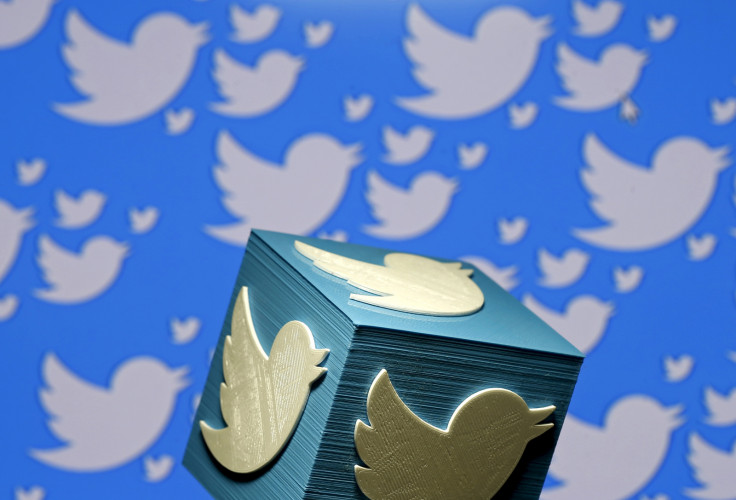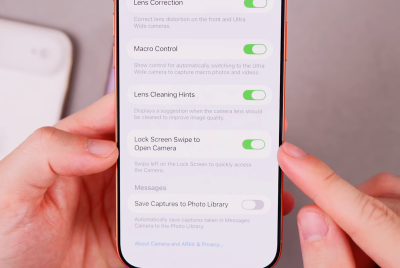While Twitter is banning political ads, Facebook will still stream them
Twitter CEO Jack Dorsey has announced that the company believes political message should be earned, not brought.
Twitter has issued a ban on all political ads, which will go into service on Friday, November 22. The company's CEO Jack Dorsey has announced that the company will stop streaming both candidate ads and issue ads.
The stance is interesting in the run-up to the 2020 US Presidential election. While ads will be run regarding voter registration, a policy regarding political ads will be available starting Friday, November 15.
The company is now taking action on political ads. Earlier this year, it would ensure false statements by public figures by putting them in grey colour, but hasn't implemented it.
Twitter's stance on political ads is the reverse of what its rival Facebook has adopted. Facebook CEO Mark Zuckerberg has stated that he doesn't believe in "censoring" political speech.
Both the companies were accused of influencing the 2016 US Presidential election by running political content on their platform. It is interesting that this time around, they have adopted different stances.
Here's what Dorsey states, "Internet political ads present entirely new challenges to civic discourse: machine learning-based optimisation of messaging and micro-targeting, unchecked misleading information, and deep fakes. All at increasing velocity, sophistication, and overwhelming scale."
He clearly warns that the tech is so advanced that it can be easily used to influence voters in elections.
Zuckerberg, on the other hand, stuck to his guns, even when he was called in for questioning by the US Congress. He believes that the response to a political ad should be left to the audience rather than censoring by the platform. He believes that the platform should be designed better so that people cannot game it, rather than an outright ban on political ads.
Both the networks don't want to play god and let social media run as it may. However, given the allegations during previous elections, Twitter's stance seems more principled as it has decided not to let politicians promote whatever agenda they have by throwing money at the company. They will have to convince their Twitter audience and even get dissenting replies as it should happen in a democracy.

© Copyright IBTimes 2025. All rights reserved.





















